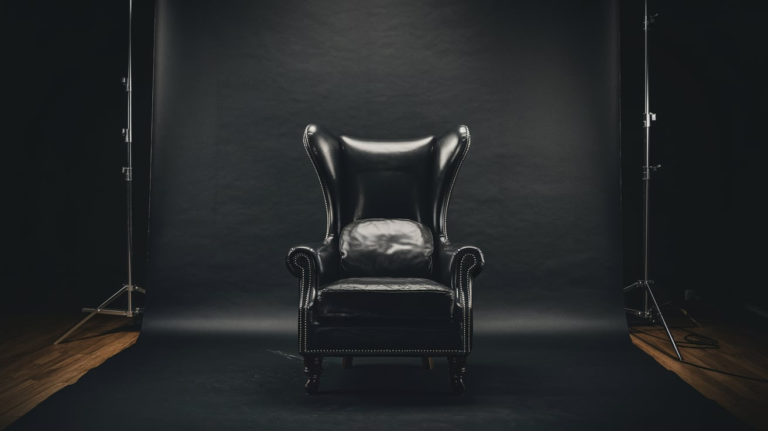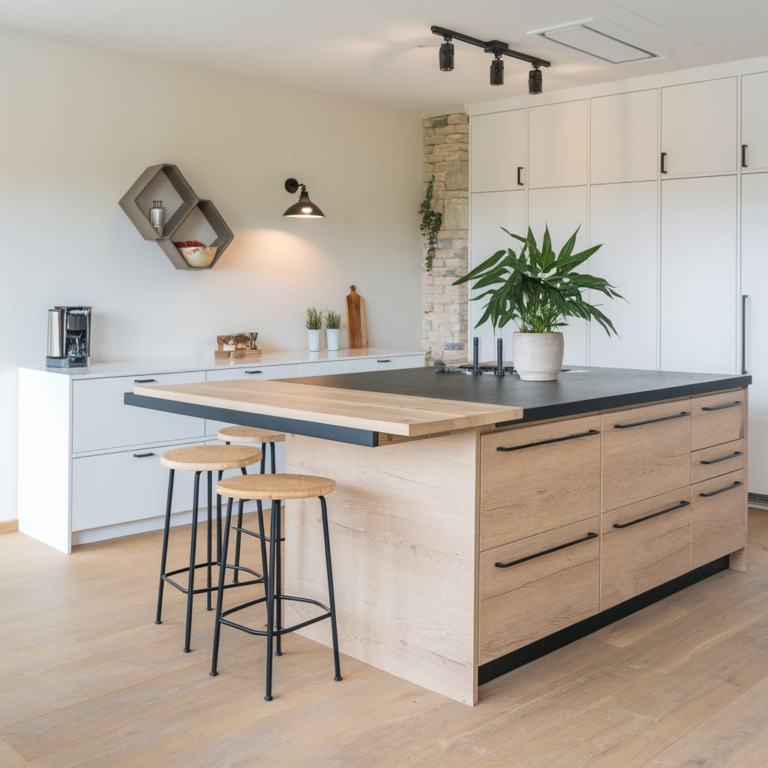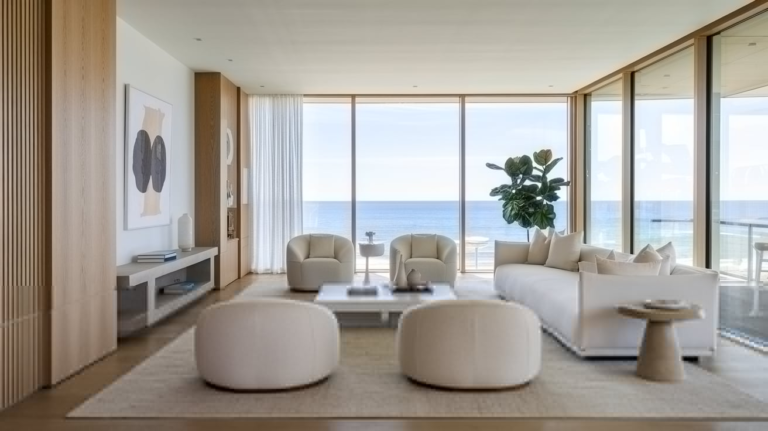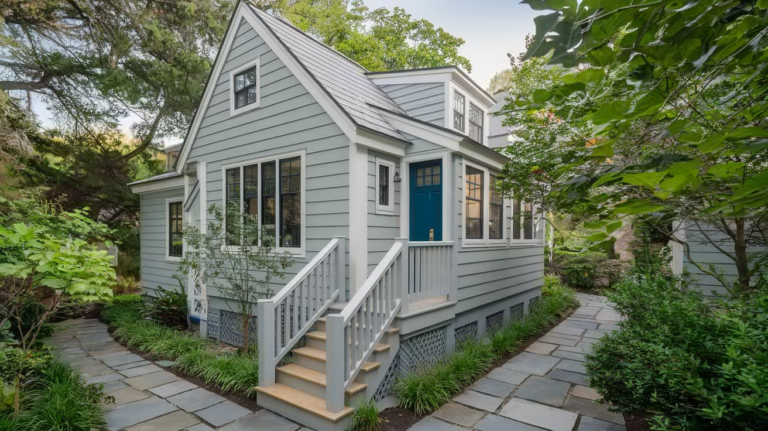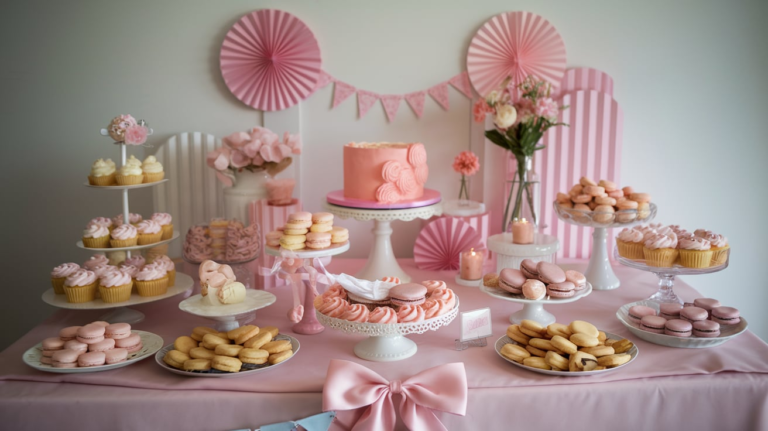27 Minimalist Living Room Ideas: Creating the Ultimate Calm and Modern Space

If you’ve ever walked into a living room and instantly felt a sense of calm and spaciousness, you’ve experienced the beauty of minimalist design.
The clean lines, the open spaces, the simplicity of it all—minimalism is more than just a style; it’s a philosophy that allows for clarity, serenity, and purpose within a room.
And when it comes to creating a minimalist living room, every choice, from furniture to decor, plays an important role in achieving that perfect balance.
This guide explores 27 minimalist living room ideas to help you transform your space into a haven of understated elegance. Whether you’re starting from scratch or looking to tweak your current living room, these tips will lead you toward the peaceful, clutter-free oasis you’re dreaming of.
1. Neutral Color Palette: The Foundation of Minimalism
Minimalism begins with color. To keep your space feeling open, calm, and harmonious, start with a neutral color palette. Whites, grays, and beiges serve as the perfect backdrop for minimalist interiors because they reflect light and allow other design elements to shine.
Key Features:
- Soft whites, light grays, and beige: These colors open up the room and create a serene atmosphere.
- Muted tones: Avoid bright, bold hues that can distract from the simplicity.
- Monochromatic schemes: Sticking to one or two shades can unify the space and make it feel cohesive.
How to Achieve It:
Begin with white walls and incorporate shades of light gray or beige for furniture, rugs, and accessories. A consistent color scheme ensures everything feels tied together, and it also creates a sense of calm that encourages relaxation.
2. Open, Airy Layout: Let Space Breathe
One of the central tenets of minimalist design is space—both the physical space and the emotional space it creates. An open layout emphasizes this concept by leaving enough breathing room around key furniture pieces and ensuring traffic flow is unimpeded.
Key Features:
- Wide, open spaces: Avoid overcrowding the room with furniture or excessive decor.
- Flowing, uninterrupted pathways: Let the eyes move freely from one part of the room to the other.
- Low-profile furniture: Opt for sleek, low-sitting furniture to keep the room feeling open.
How to Achieve It:
Arrange your furniture to ensure that there’s ample space between pieces. Avoid large, bulky items, and choose minimalist sofas and coffee tables that offer function without overwhelming the space.
3. Clean Lines in Furniture Design: Simplicity is Key

In a minimalist living room, furniture with clean lines is essential. Pieces should serve a purpose, look aesthetically pleasing, and not compete for attention. Think of your furniture as the silent partner in the room, working to create an atmosphere of quiet elegance.
Key Features:
- Straight, geometric shapes: Clean, angular designs allow the eye to focus on the form and not the details.
- Functional furniture: Choose pieces that do double duty, like a storage ottoman or minimalist side tables.
- No frills: Avoid overly ornate or decorative designs.
How to Achieve It:
Look for sofas, chairs, and tables that feature simple shapes, such as rectangles or squares. Opt for materials like wood, metal, or glass to keep the look modern and uncluttered.
4. Declutter: Everything in Its Place

Decluttering is the backbone of minimalist living. A minimalist living room is never messy or overloaded with items. Each piece has a specific function or aesthetic value, and everything else is either removed or hidden away.
Key Features:
- Hidden storage: Use furniture with built-in storage to keep clutter at bay.
- Open shelving: If you opt for shelves, keep them sparse and tidy with only a few carefully chosen items.
- Keep it intentional: Only keep items that add value or functionality to the space.
How to Achieve It:
Invest in storage solutions like storage ottomans, multi-functional coffee tables, or wall-mounted cabinets to hide away everyday items. Keep the decor sparse, only adding items that you truly love or need.
5. Natural Materials: Bring the Outdoors In
Minimalism often embraces natural materials like wood, stone, and leather. These materials bring warmth and texture to a room without overwhelming the senses. Their subtle beauty enhances the minimalist style by creating a connection between the indoor space and nature.
Key Features:
- Wood accents: Think wood coffee tables, side tables, and flooring to introduce warmth.
- Stone elements: A stone accent wall or stone tabletops add organic texture.
- Leather furniture: A leather chair or sofa can add both texture and sophistication.
How to Achieve It:
Incorporate wooden furniture with a natural finish or go for stone-inspired flooring or tabletops. For an extra touch, choose leather cushions or a leather sofa to ground the room’s natural vibe.
6. Monochromatic Art and Decor: Subtle Statements

In minimalist design, art and decor should enhance, not overwhelm, the space. Consider using monochromatic or abstract art that complements the color palette of the room without creating visual chaos. A few well-placed pieces can add sophistication and personality without disrupting the tranquility of the space.
Key Features:
- Minimalist art: Abstract, geometric designs or simple line drawings are ideal.
- Monochromatic tones: Stick to the room’s color scheme for decor and wall art.
- Sparse decoration: One or two decor pieces are all you need.
How to Achieve It:
Hang a single large piece of abstract art above your sofa, or use black-and-white photography to keep things visually interesting without introducing too many competing colors.
7. Strategic Lighting: Illuminate with Purpose
Lighting in a minimalist living room should serve both practical and aesthetic functions. Proper lighting creates ambiance, highlights architectural features, and enhances the overall atmosphere without overwhelming the room.
Key Features:
- Soft, warm lighting: Avoid harsh, bright lights. Opt for soft, ambient lighting that adds to the cozy feel.
- Sleek fixtures: Choose simple pendant lights, floor lamps, or table lamps with clean designs.
- Layered lighting: Combine ambient, task, and accent lighting to create depth.
How to Achieve It:
Install a dimmer switch to control lighting levels. Place floor lamps next to the sofa for reading or use wall-mounted sconces to highlight artwork. Keep the fixtures simple, opting for black, white, or metal tones.
8. Functional Rugs: Soft Touches with Subtle Designs
A rug can define a space, but in a minimalist living room, the key is subtlety. Choose rugs that add texture and warmth without clashing with the overall design. Neutral-toned rugs or those with simple geometric patterns are ideal for grounding the space.
Key Features:
- Neutral tones: Beige, gray, or off-white rugs work best.
- Simple patterns: Opt for solid colors, subtle stripes, or geometric designs.
- Soft materials: Wool, cotton, or low-pile rugs can add comfort without visual clutter.
How to Achieve It:
Choose a low-pile rug that’s simple in design. A neutral-toned rug in gray or beige can tie the room together while adding a cozy element underfoot.
9. Indoor Plants: Add Life Without Adding Clutter
While minimalist spaces often lean towards the austere, a well-placed indoor plant can add life and vibrancy without compromising the design. Opt for plants that fit the minimalist vibe, such as snake plants, succulents, or fiddle-leaf figs.
Key Features:
- Simple pots: Keep plant pots neutral or metallic.
- Low-maintenance plants: Choose plants that don’t require constant care.
- Strategic placement: Use plants to soften sharp corners or fill empty spaces.
How to Achieve It:
Place a large potted plant in a corner to balance the room’s proportions. Use minimalist plant pots in concrete, metal, or ceramic finishes to keep it sleek.
10. Floating Furniture: Lightness in Design

Floating furniture refers to pieces that give the illusion of being suspended in air. It’s an excellent way to enhance the minimalist aesthetic by keeping the floor space open, creating a sense of airiness and lightness throughout the room.
Key Features:
- Floating tables: Low, clear glass tables or those with invisible supports.
- Floating media units: Wall-mounted media consoles free up floor space.
- Hidden storage: Floating furniture often incorporates hidden storage to reduce visual clutter.
How to Achieve It:
Choose a floating coffee table or wall-mounted media console to keep the room feeling more open. These pieces add an architectural element while maintaining a clean, unobtrusive feel.
11. High-Quality, Streamlined Fabrics
The materials you choose for upholstery and textiles matter. Opt for high-quality, streamlined fabrics that add sophistication and comfort. Fabrics like linen, cotton, or wool are timeless choices that can elevate your minimalist living room.
Key Features:
- Natural fabrics: Linen and cotton have a relaxed, organic feel.
- Muted tones: Stick to neutral or earthy tones for curtains, cushions, and throws.
- Comfort without excess: Avoid overly decorative or fussy fabrics.
How to Achieve It:
Choose linen sofas and wool throws for their texture and simple elegance. Avoid overly plush or fussy fabric choices that detract from the minimalist style.
12. Statement Lighting Fixtures: Elegance Without Excess

Lighting fixtures, when chosen carefully, can be a striking statement in a minimalist room. The key is to choose statement lighting that feels bold yet doesn’t overpower the design.
Key Features:
- Modern chandeliers: Sleek, simple designs with clean lines.
- Pendant lights: Minimalist but with a clear visual impact.
- Sculptural lighting: Choose fixtures that are works of art in their own right.
How to Achieve It:
Install a modern chandelier or pendant lights above your seating area. Keep the material choices simple—opt for brass, black, or white fixtures to complement the room’s color palette.
13. Wall Mounted Accessories: Free Up Floor Space
Wall-mounted accessories, such as shelves or storage, keep things tidy and organized while also creating a minimalist vibe. They eliminate the need for bulky furniture while providing ample storage space for essential items.
Key Features:
- Floating shelves: Display art or decor without taking up floor space.
- Wall-mounted storage: Keep your essentials organized and hidden from view.
- Frameless mirrors: Install mirrors to add light and depth without extra furniture.
How to Achieve It:
Install floating shelves to display a few minimalist pieces of art or decor, keeping the floor space clear. If you need more storage, wall-mounted cabinets or floating consoles can be the perfect solution.
14. Keep the Focus on the Basics

Ultimately, minimalist living is about simplifying. Don’t get caught up in trends or add unnecessary items just to fill space. The focus should be on the essentials—pieces that bring purpose, form, and function into the room. Keep it simple, and the room will do the rest.
Key Features:
- Less is more: Only keep what you truly need or love.
- Timeless pieces: Invest in quality furniture that will stand the test of time.
- Calm surroundings: A minimalist living room invites you to relax, unwind, and find joy in simplicity.
Conclusion
A minimalist living room isn’t just about a style—it’s about creating a space that feels like a breath of fresh air. It’s where simplicity, functionality, and beauty meet to create a room that not only looks stunning but also feels like a peaceful retreat from the chaos of everyday life.
By following these 27 minimalist living room ideas, you can cultivate a room that is not only modern and stylish but also calming and peaceful.
Remember, minimalism doesn’t have to mean bare. It’s about choosing thoughtfully, living with intention, and finding beauty in simplicity. Keep your focus on the essentials, add a few carefully chosen pieces, and you’ll have a space that makes you feel right at home.
